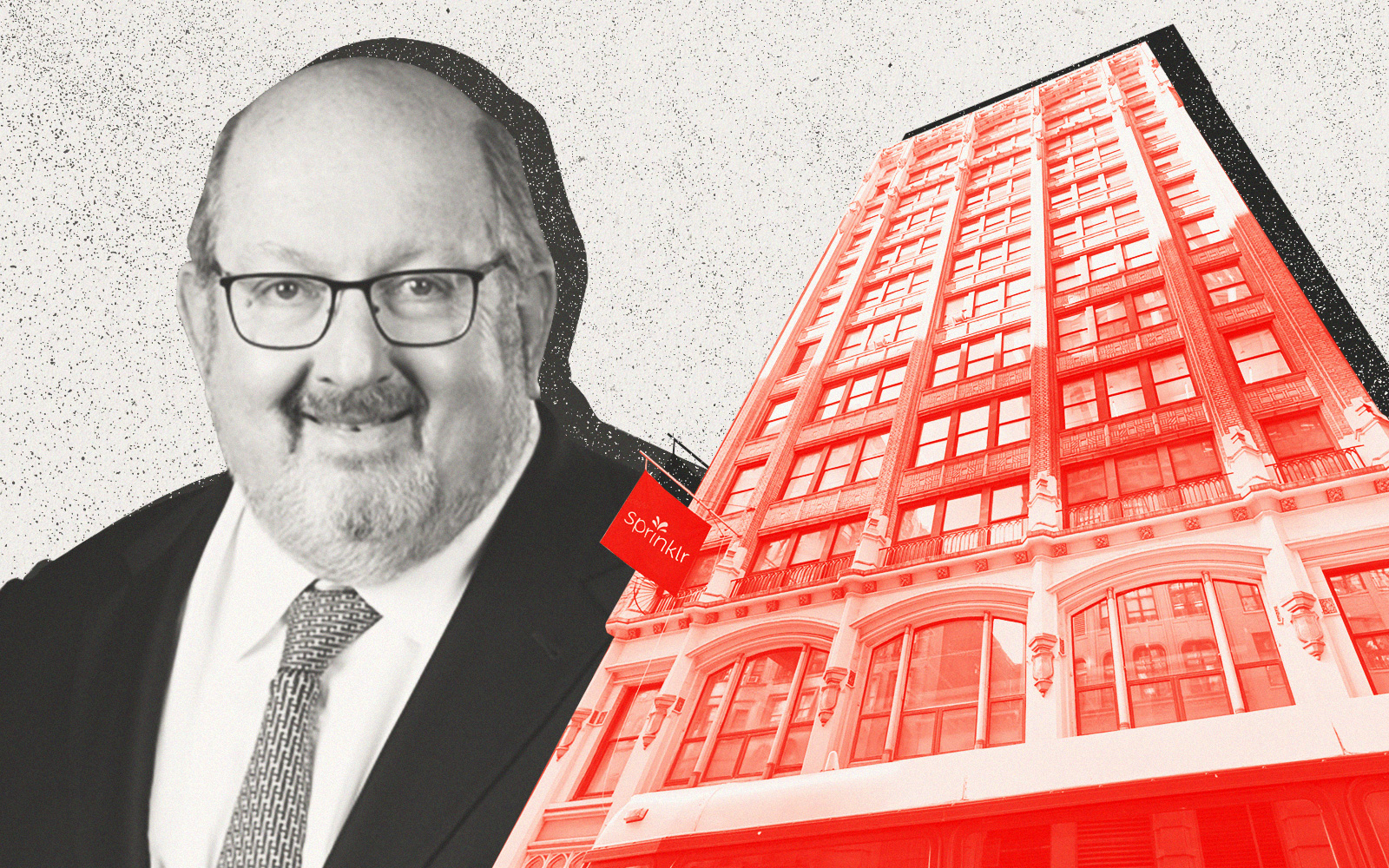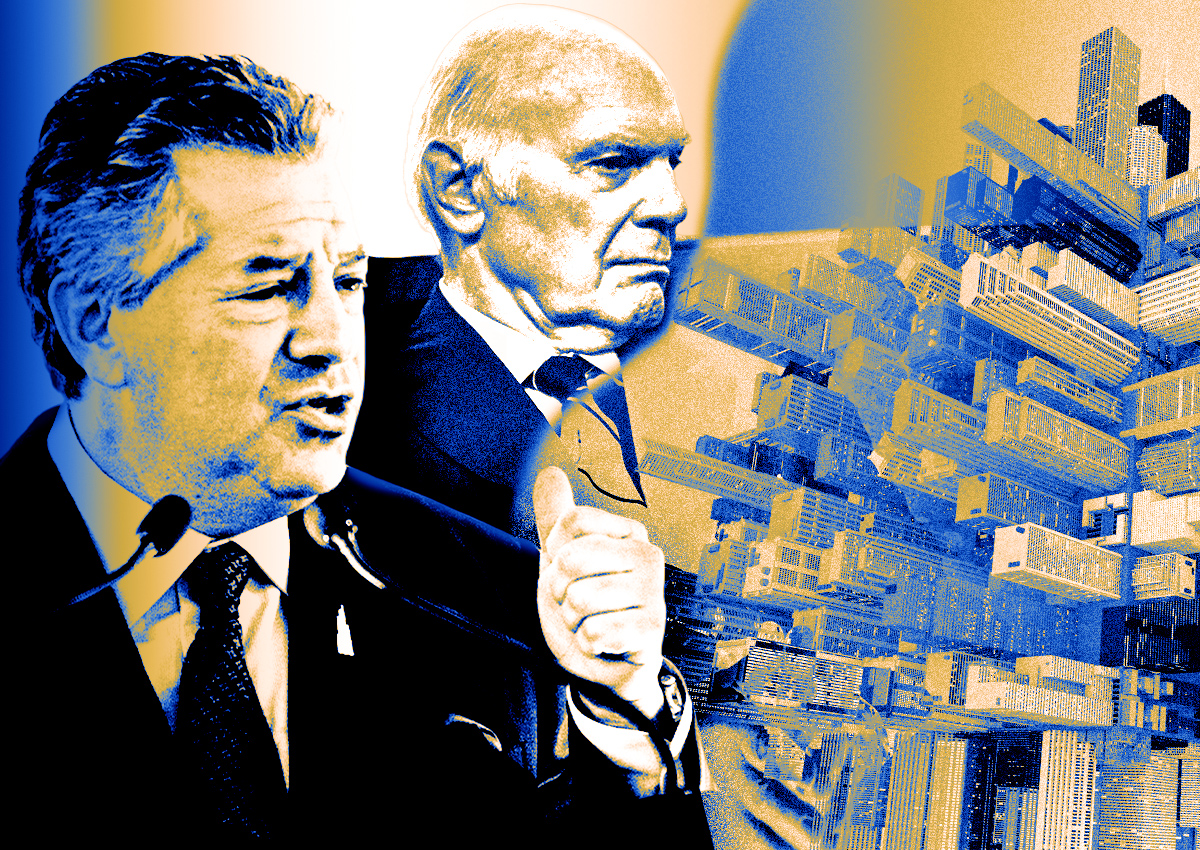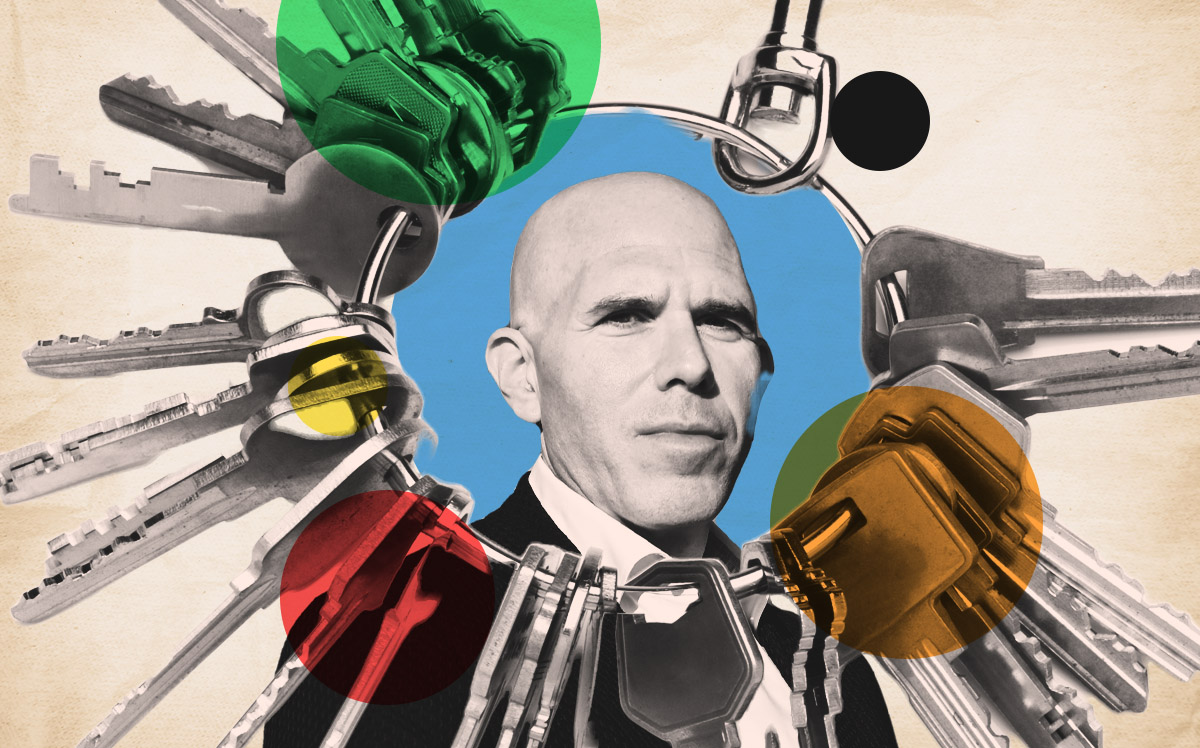Amid all the terrible news about the office market, here’s an interesting stat:
When the pandemic hit, 71 percent of office buildings were more than 90 percent leased. Today, 66 percent are that full.
The comparison, from a CBRE report, is a glass-half-full way of looking at an office sector facing an unprecedented challenge: the discovery that many people enjoy working from home, can do so effectively and will retire or find another job if forced back to the office.
Now, the glass-half-empty stat, from the same report: Office vacancy was 18.2 percent last quarter, the worst in 30 years, and is expected to continue creeping up.
But this is a tale of two markets, according to the analysis. The vast majority of office buildings are not much worse off than they were before the pandemic.
The pain, meanwhile, is concentrated in certain kinds of buildings and geographic areas. Only 10 percent of all U.S. offices account for 80 percent of the occupancy decreases since the pandemic, the commercial real estate brokerage calculated.
The troubled buildings tend to be older and in downtown submarkets with few restaurants and relatively high crime, CBRE said. And the cities with struggling office markets tend to be expensive ones such as New York and San Francisco, where tenant demand plunged during the pandemic, and those with high concentrations of tech workers, who are more likely to work from home. Think Salt Lake City, Minneapolis and Los Angeles.
In pricey markets, only about half of buildings — between 45 and 55 percent — are more than 90 percent leased. Part of that is their vulnerability to work-from-home, and part is from their having a lot of old, unrenovated buildings, where vacancy is pronounced.
Buildings that are 90 percent leased accounted for about half of total office space in the second quarter, compared with 62 percent in the first quarter of 2020.
The CBRE report predicts the U.S. office vacancy rate to peak at 19.7 percent at the end of next year as economic headwinds and office-using job losses exacerbate the workplace exodus.
However, that rise in vacancy will still be limited to the 10 percent of U.S. office buildings facing the most hardship, CBRE said. Turning those properties around, such as by converting them to housing, has been difficult because commercial and residential building codes tend to differ greatly.
“If no widespread action is taken to remove, revive or repurpose hard-hit buildings, they will push the long-term U.S. structural vacancy rate to 14.5 percent from 12 percent,” the report warned.
Read more



